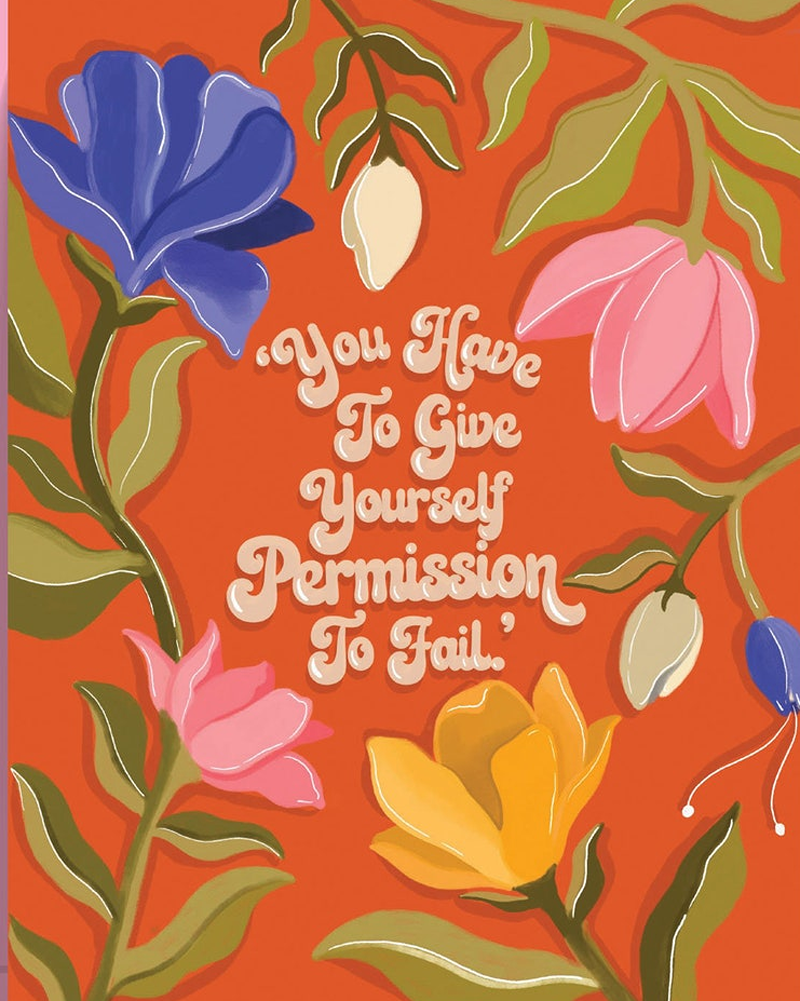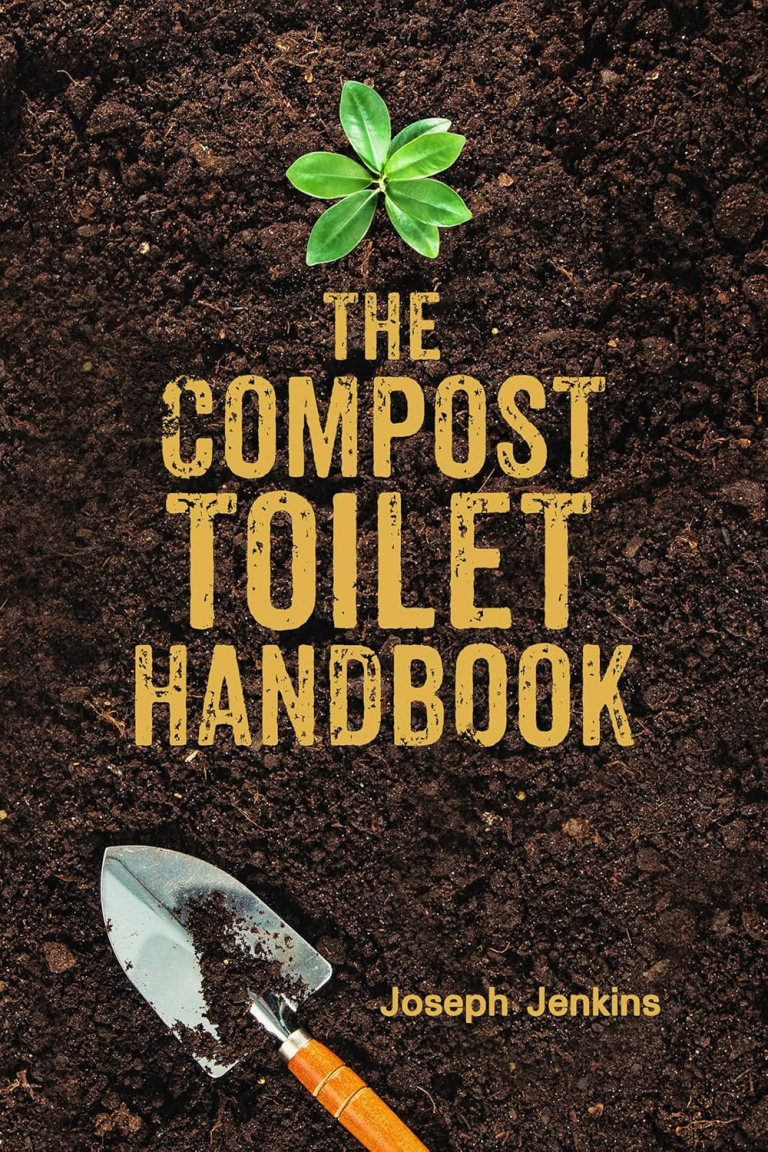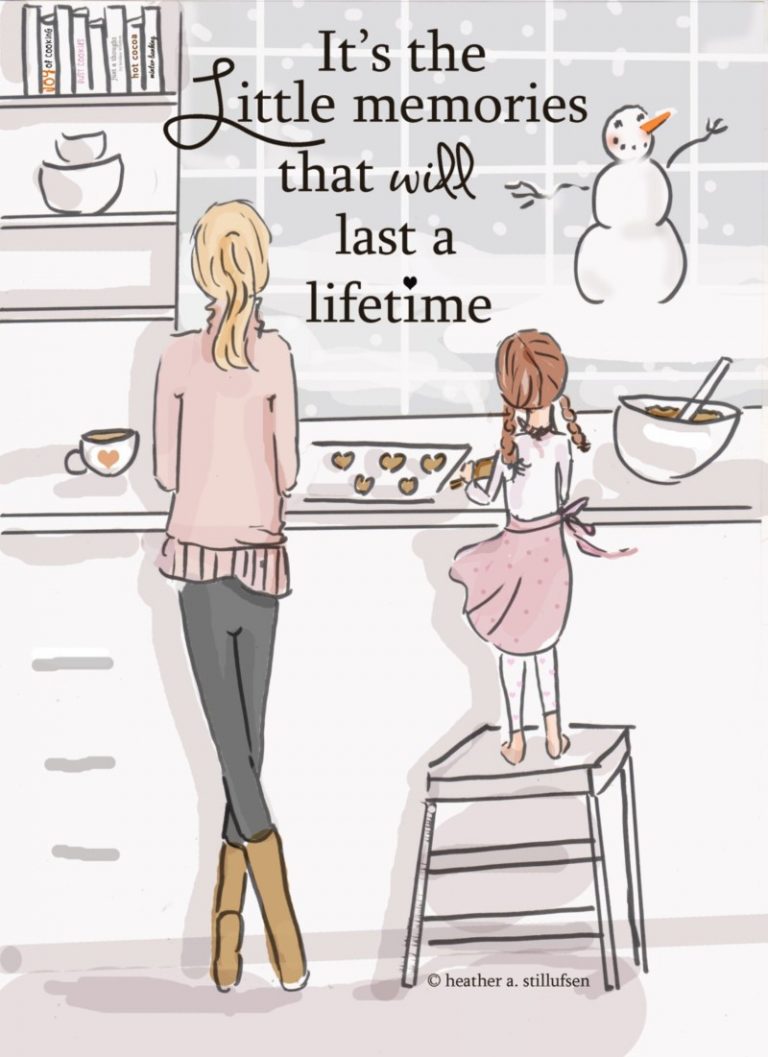
Giving yourself permission to fail removes fear and opens the door to growth. It turns missteps into feedback. It also sets a steady rhythm for progress. This article shows how overcoming failure helps you grow in daily life, why learning from mistakes builds lasting skills, and how to create a simple plan to try again with confidence.
We will cover what failure does for your mindset, how to handle the stigma around mistakes, and practical steps to build a try-again habit. Each section gives clear advice you can use today.
The Role Failure Plays in Everyday Growth
Failure is not just a hurdle. It is a training ground. In sport, a missed shot shows your weak side. In work, a pitch that falls flat reveals what the client values. In both cases, the loss carries clues. When you look for those clues, you improve faster.
Daily life offers the same feedback loop. Start a new skill, and the rough edges appear quickly. Your sourdough collapses, your guitar chords buzz, your public speaking feels stiff. These are not verdicts. They are signposts. You can adjust your technique, break tasks into smaller parts, or seek guidance. Each change builds skill in a way success rarely does.
Failure also builds a stronger mindset. You learn to stay calm in pressure. You learn to set smaller goals, then stack them. Confidence grows because you have proof you can survive a setback and still make progress. This steadiness is useful when you shift careers or take on a stretch project. A tough meeting or a surprise change is less scary when you have trained through small defeats.
Think of how artisans refine a product over time. A soap maker working in a hard water area will test and retest recipes to get rich lather and kind moisture. Small batches help them tweak ingredients, add clays or botanicals, and adjust their timing. Each trial, even the ones that do not work, informs the next bar. Your work can follow the same pattern. You iterate, improve, and keep what serves you.
Failure also sharpens problem-solving. Setbacks force you to define the problem well, test one change at a time, and measure results. You stop guessing and start learning. Over time, you become quicker at diagnosing issues. You waste less energy, and you focus on what matters.
How Setbacks Build Lasting Skills
Setbacks teach adaptability. When a plan fails, you adjust your method, your tools, or your timing. A chef who burns a batch learns to lower heat, swap oil, or rest the dough. The next plate improves, and that knowledge sticks.
They also spark creativity. Limits push you to try new combinations. A coder who breaks a feature may discover a cleaner pattern by stripping back code. A gardener may move a plant to a sunnier spot after a bad season and see it thrive. This cycle speeds up progress in hobbies and side projects, because you keep only what works.
Overcoming the Stigma Around Mistakes
Many of us learned to fear red marks on tests or poor interview feedback. We felt judged, not guided. That fear lingers. We tie mistakes to shame, so we avoid risks and stay small. It does not have to be that way.
Shift your view. Treat errors as process data. In school terms, a low score is a map of what to study next. In a job interview, a tough question is a hint to build a better example. Set a rule for yourself: the first pass is for learning, the next pass is for improvement.
Try these reframes:
- From final to draft: Think of each attempt as a draft. Drafts can be messy.
- From self to skill: The failure is about the skill, not your worth.
- From silence to feedback: Ask for one clear suggestion you can act on.
These simple shifts reduce fear and restore momentum.
Grant Yourself Permission to Try Again
Permission starts in your mind, then moves into action. Use small steps that fit your life at home, at work, or in your community. Think of it like making a careful product in small runs. You try, you note what works, and you refine the mix.
Begin with a clear intent. Say it out loud: “I will treat each attempt as practice.” Write it on a sticky note. Place it where you see it often, like your desk or fridge.
Use habits that lower risk and raise learning:
- Set a tiny scope: Reduce the size of the attempt. One paragraph, not a chapter. One phone call, not ten.
- Time-box: Give yourself 15 to 25 minutes. Stop when the timer ends. This keeps energy high.
- Track your inputs: Note what you tried, not just the result. Inputs are easier to control.
- Collect one lesson: Identify a single change for next time.
Link your approach to daily life in the UK. Try a new route for your commute to test time savings. Practice a short pitch before a team stand-up. In family settings, test a new bedtime routine for a week, then adjust based on sleep quality and mood.
A craft mindset helps here. Think of how a natural soap relies on a careful blend. Too much of one oil, and the bar turns soft. Add the right clay, and it cleans more gently. Your routine works the same way. You tune it, one variable at a time, until it suits your needs.
Start with Small Risks to Build Confidence
Begin with low-stakes experiments. Try a new recipe on a weeknight, not for a dinner party. Open a chat with a colleague you do not know well, using a simple opener. Share a short post on a topic you care about. Small risks train your nerves. They also give frequent wins, which builds steady confidence. After a few weeks, your tolerance for uncertainty grows, and bigger tasks feel less heavy.
Reflect and Adjust After Each Attempt
Use a light reflection process. Keep it simple so you will do it.
A quick template:
- What did I try?
- What went wrong or felt hard?
- One lesson I can apply next time
- The next small step and when I will do it
Write two or three lines for each point. This turns failures into fuel. You convert a vague sense of defeat into a clear plan for the next attempt.
Surround Yourself with Supportive People
Find friends who cheer effort, not just outcomes. Join an online group that shares progress updates, not only highlight reels. Look for local meetups at libraries, maker spaces, or running clubs. Share your attempts and ask for one suggestion. When you see others miss the mark and keep going, failure feels normal. It also makes your next try feel lighter.






